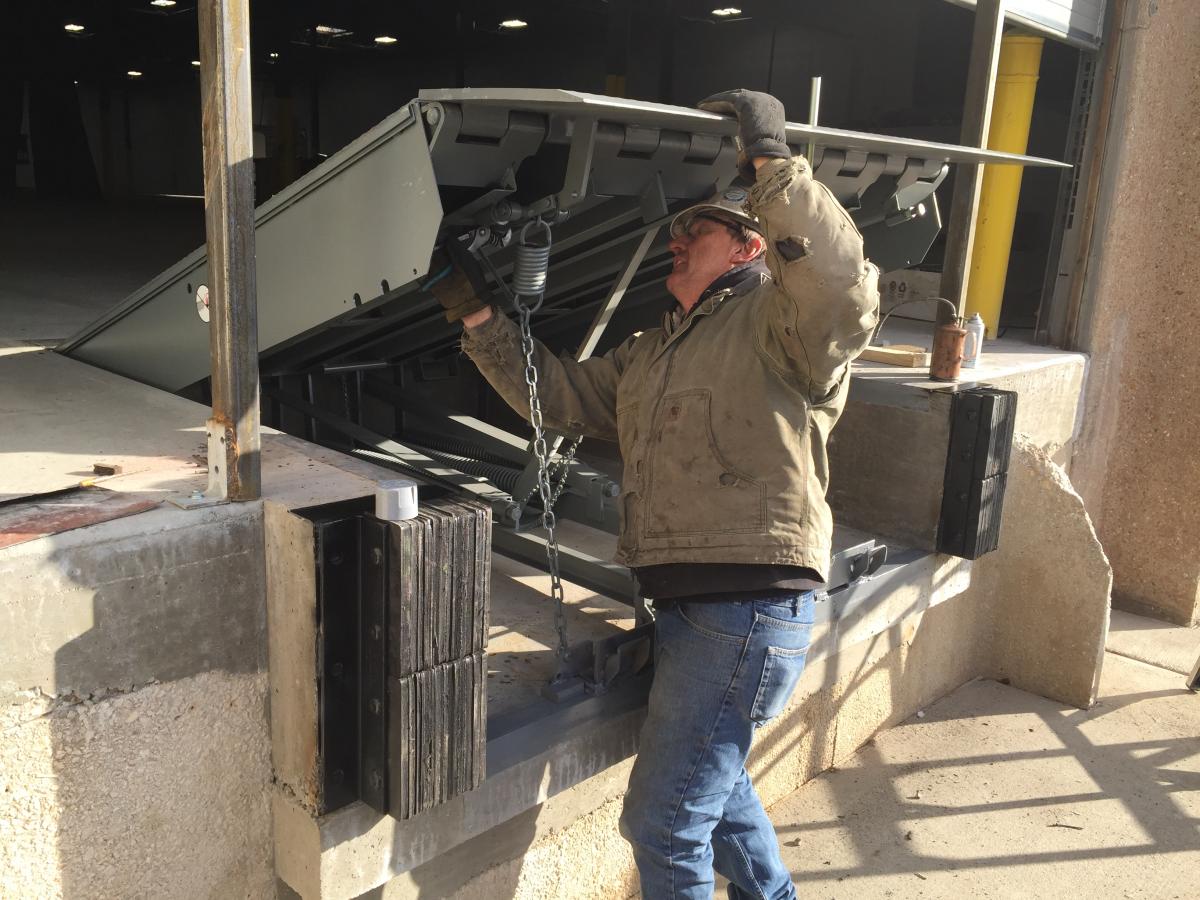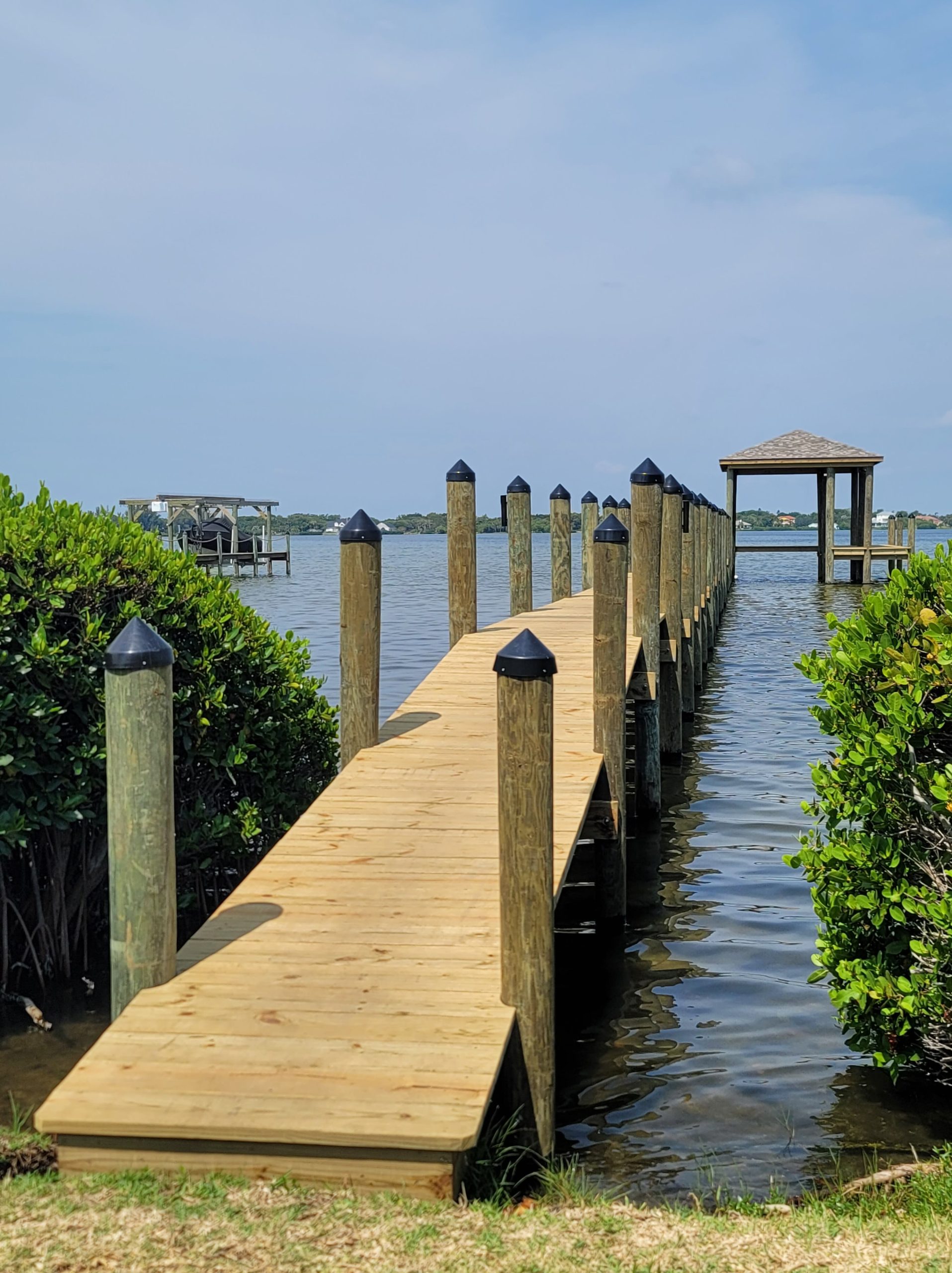How to Address Common Dock Fixing Issues for Safe Water Tasks

Identifying Common Dock Issues
Recognizing common dock issues is vital for keeping the performance and safety of your waterfront building. Routine inspections can help reveal troubles prior to they come to be severe, guaranteeing both the durability of the dock and the safety of those that utilize it. One prevalent problem is loose or rusty fasteners. With time, screws, bolts, and other fasteners can end up being loose due to consistent direct exposure to water and weather aspects, resulting in architectural instability.
Another typical issue is the destruction of flotation devices. These gadgets are necessary for keeping the dock resilient, and any type of damages or leaks can trigger the dock to checklist or sink. On a regular basis looking for leaks or waterlogged drifts can preempt a lot more considerable concerns.
Furthermore, algae and barnacle buildup on the dock's surface area can create harmful and unsafe conditions. This biofouling not only presents a threat to users however can likewise accelerate the degeneration of the dock products.
Finally, inspecting for indications of corrosion on metal elements is crucial. Corrosion can endanger the honesty of the dock's framework, making it harmful. By consistently recognizing these usual dock issues, you can make certain that your dock continues to be safe and useful for several years ahead.
Repairing Rotting Timber
When attending to the issue of decaying wood on your dock, it is important to act swiftly to avoid additional deterioration. Begin by thoroughly checking the entire structure to identify all influenced areas. Utilize a screwdriver to probe the timber; if it sinks in conveniently, the timber is most likely decomposed and requires prompt focus.
When determined, get rid of the decayed sections utilizing a saw or carve. Be sure to reduce to healthy, strong wood, guaranteeing you eliminate all jeopardized material. After elimination, treat the continuing to be timber with a timber chemical to prevent future rot. This treatment will certainly assist secure against wetness, which is the primary source of timber decay.
Following, change the gotten rid of areas with marine-grade lumber or pressure-treated timber, which are more resistant to water damage. Secure the new items with galvanized or stainless-steel bolts to avoid rust. Furthermore, applying a water resistant sealant to the brand-new timber can give an additional layer of security.
Protecting Loosened Boards
Just how do you ensure your dock remains practical and secure for all its users? One important facet is securing loose boards, which can or else present considerable threats. Loosened boards not just enhance the risk of tripping however can additionally jeopardize the structural integrity of the entire dock.

For reinstallation, utilize galvanized or stainless steel screws, as these products use remarkable resistance to corrosion in aquatic environments. Guarantee the screws are long enough to penetrate deep into the underlying support structure, yet not as long that they extend through the dock's surface area. Pre-drilling pilot openings can assist stop the timber from splitting.
Lastly, keep a normal evaluation routine to determine and attend to any type of brand-new problems quickly. By securing loosened boards properly, you add to the general safety and security and durability of your dock, making it a reliable system for water activities.
Stabilizing Unstable Pilings
Ensuring the security of unsteady pilings is extremely important to maintaining a safe and useful dock. Unstable pilings can jeopardize the entire structure, posturing substantial dangers to customers and possibly bring about pricey repair services. The very first step in stabilizing these important components is an extensive examination. Examine the pilings for indications of rot, damages, or moving. Make use of a level to inspect for vertical positioning and guarantee they are driven deep enough into the substratum to supply sufficient support.
If the pilings are located to be unpredictable, one effective method for reinforcement is using extra bracing. Cross-bracing with treated lumber or galvanized metal can dramatically improve security. Support the dental braces safely to both the pilings and the dock frame to disperse loads evenly.

Normal maintenance and regular review of the pilings' stability are crucial to making sure check this lasting dock security and capability.
Changing Rusty Hardware
Attending to unstable pilings is just one element of preserving a dock's integrity; an additional important issue is replacing rustic hardware. With time, exposure to wetness and salt can lead to the oxidation and deterioration of braces, bolts, and screws, compromising the whole framework's safety. Regular inspection for rust is vital, specifically after serious weather or seasonal adjustments.
When Going Here rusty hardware is identified, immediate activity is needed. Begin by picking marine-grade stainless steel or galvanized equipment, both designed to withstand the extreme marine setting. Ensure that you have the suitable tools, such as wrenches and screwdrivers, to safely get rid of the old, corroded items without triggering more damage to the dock.
After getting rid of the rustic hardware, thoroughly clean the affected areas to eliminate any residual corrosion or particles. Use a rust-inhibiting guide to subjected metal surface areas before setting up the brand-new hardware. Tighten all fixtures firmly to stop future helping to loosen, and occasionally check the installations to make sure continuous security.
Changing rusty hardware not just extends the dock's lifespan yet also substantially improves the security of water tasks. By proactively managing corrosion, you safeguard both the structure and its customers, making certain a protected and pleasurable waterfront experience.
Final Thought
Routine inspections and maintenance are necessary to address common dock repair problems and my blog ensure safe water activities. By determining and remedying troubles such as rotting wood, loosened boards, unsteady pilings, and corroded equipment, architectural security and longevity can be dramatically improved. The application of marine-grade products and proper therapies even more strengthens the dock versus environmental stress factors. Such proactive steps add to the total security and capability of dock structures, fostering a safe and secure atmosphere for water-based tasks.
Ensuring the security of water tasks pivots considerably on the correct upkeep and repair service of docks (Dock Repairs). These tools are necessary for keeping the dock resilient, and any type of damage or punctures can cause the dock to list or sink. By routinely determining these usual dock issues, you can make sure that your dock stays secure and practical for years to come
Guaranteeing the stability of unstable pilings is vital to keeping a practical and secure dock.Normal assessments and upkeep are vital to deal with usual dock fixing problems and guarantee secure water tasks.